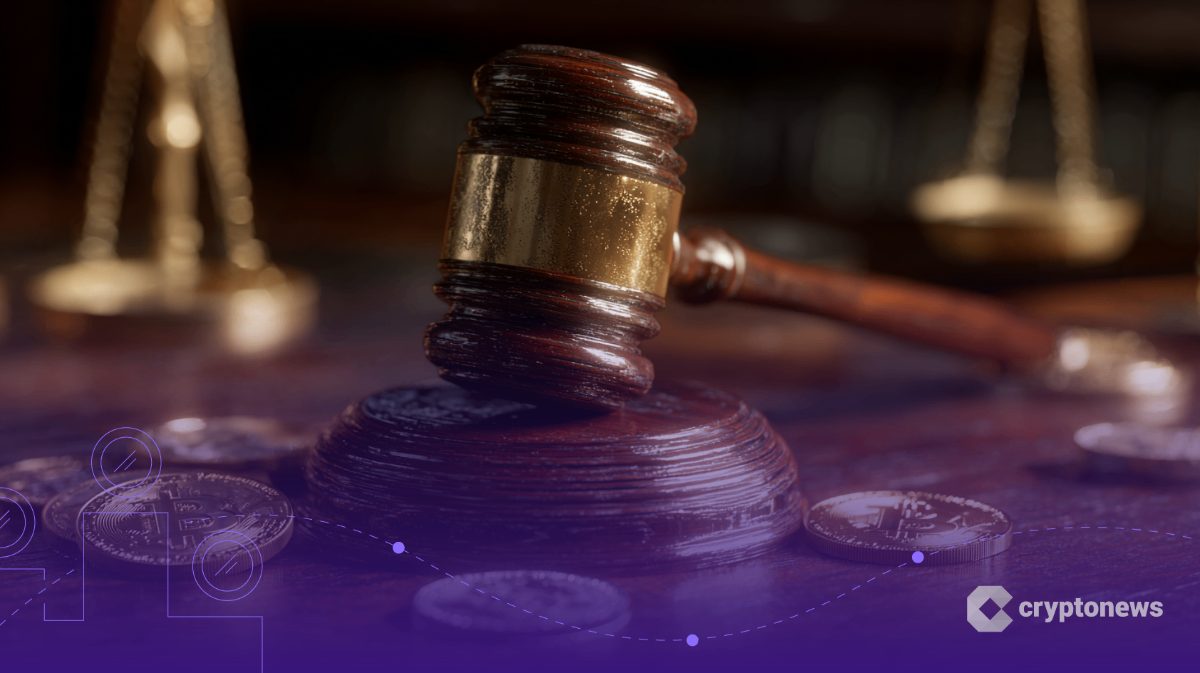Hong Kong Sets High Bar for Stablecoin Issuers Ahead of August Regime Launch

Key Takeaways:
Hong Kong’s licensing regime for stablecoin issuers begins on August 1, with limited approvals expected in the initial phase. Applicants must show detailed control systems, including asset security and AML compliance, and prove their ability to operate across jurisdictions. The HKMA references global regulatory frameworks, including FSB guidelines, to structure its supervisory approach.Hong Kong Monetary Authority (HKMA) Chief Executive Eddie Yue outlined new expectations for stablecoin issuers under the city’s upcoming licensing regime, in a statement published on June 20.
The ordinance establishing the framework, passed by the Legislative Council in May, takes effect on August 1. Yue said only a small number of issuers would be licensed initially, citing the need for “real-world use cases” and operational capacity.
Hong Kong to Limit Stablecoin Licenses
“Licensees must operate in a prudent and sustainable manner,” Yue said. “Building trust with market participants will be essential.”
Applicants must prove they have strong controls for reserve management, price stability, asset protection, and anti-money-laundering, and that they are ready to follow the rules wherever their stablecoins are used.
From a supervisory standpoint, Yue said the HKMA is aligning with international standards, referencing work led by the Financial Stability Board (FSB). He also noted that stablecoins carry features that raise cross-border and anonymity-related risks, requiring ongoing international coordination.
“Given that stablecoins are an emerging product, the issuance business involves inherent risks, user protection considerations, and market capacity concerns. As such, the licensing regime will have a relatively high entry bar,” said Yue.
“We anticipate issuing only a limited number of licences during the initial phase,” he said.
Global Frameworks and Compliance Push
Yue reiterated that stablecoins are not intended to function as investment tools. Instead, they are one of several emerging options for digital settlement, alongside central bank digital currencies and tokenized deposits.
The statement also confirmed that participation in the HKMA’s sandbox is neither a requirement for applying nor a guarantee of license approval. All applicants will be evaluated under the same regulatory criteria.
While the ordinance establishes Hong Kong’s initial oversight structure, Yue said future adjustments will consider market capacity and user protection needs. He added that the licensing regime would be enforced with “rigor and prudence.”
How stablecoins will operate alongside CBDCs and bank-issued tokens remains unresolved. Authorities are still assessing legal status, interoperability, and potential risks across systems with different regulatory models.
Frequently Asked Questions (FAQs)
Yes, but issuers must demonstrate compliance with local regulations wherever their tokens circulate, making legal and operational preparation essential.
Issuers may hold reserves in fiat currency, short-term government bonds, or other low-risk assets. The composition and custody of these reserves affect stability, transparency, and redemption reliability.
Clear and timely redemption processes are central to user confidence. Delays or opaque procedures can lead to price instability or loss of peg, especially during periods of stress.
The post Hong Kong Sets High Bar for Stablecoin Issuers Ahead of August Regime Launch appeared first on Cryptonews.



